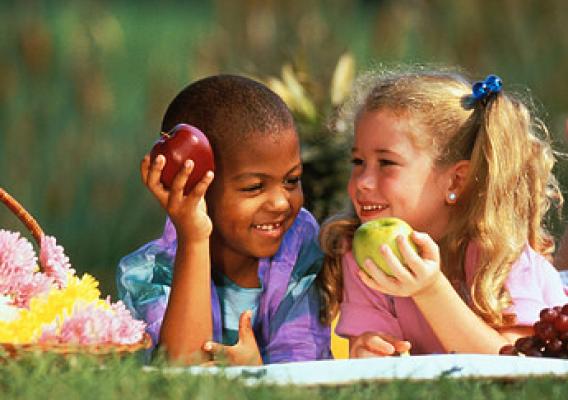March is National Nutrition Month. Throughout the month, USDA will be highlighting results of our efforts to improve access to safe, healthy food for all Americans and supporting the health of our next generation. We could not have done this work without the support of our partners. Below is a story from one of our partners, Share Our Strength, about a pilot conducted through our Child and Adult-care Food Program, or CACFP. Through CACFP, schools can offer one meal and/or one snack in a congregate meal setting as part of enrichment programs offered outside of regular school hours.
By Wendy Bolger, Director of Program Innovation Strategy, No Kid Hungry
“Any time we can feed an additional kid, even just one, that’s a win!”
Who doesn’t need an energy boost around 3pm? Kids may be out of school by 3pm, but their day is far from done. Most kids have a full afternoon of sports, activities, and homework to do, and to be successful, growing bodies and child-sized tummies require a nutritional boost.










